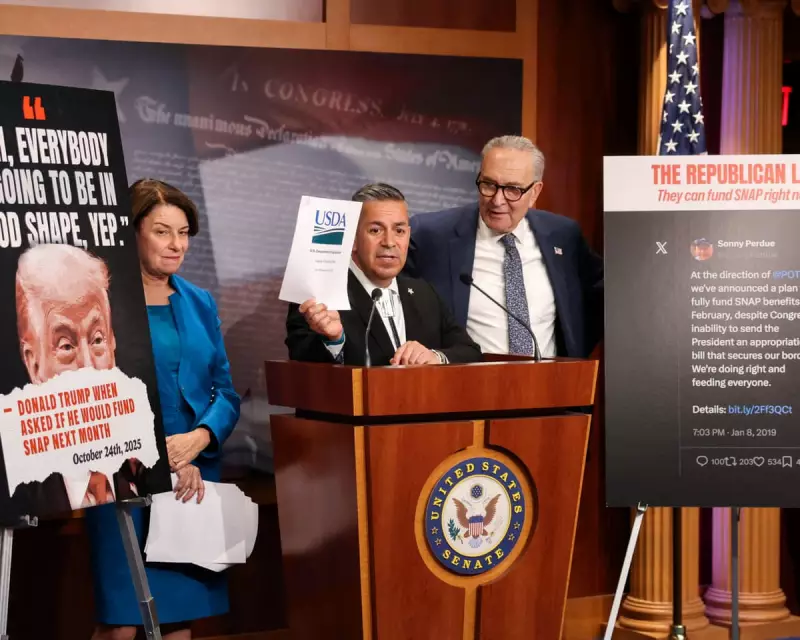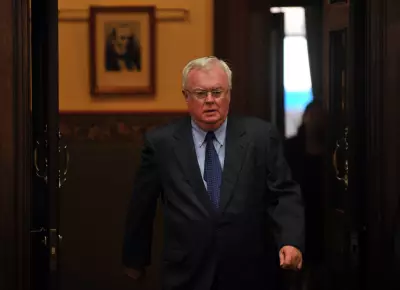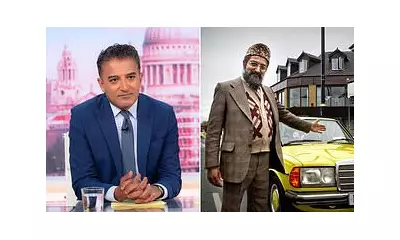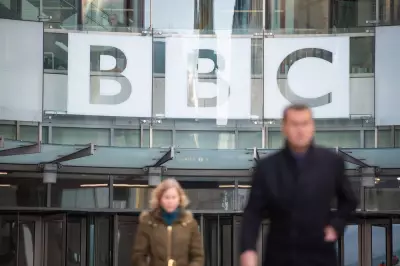
The United States is once again teetering on the brink of a full government shutdown as Republicans and Democrats in Congress remain locked in a bitter stalemate over federal spending. With critical funding deadlines rapidly approaching, neither party appears willing to compromise, raising the spectre of widespread government closures and furloughed workers.
The Impasse Deepens
Lawmakers have returned to Washington facing what many are calling an impossible timeline. The current temporary spending measures are set to expire on November 21, 2025, leaving Congress with barely any time to pass the necessary appropriations bills. The political atmosphere remains highly charged, with both parties digging in their heels over spending priorities and policy riders.
House Republicans, particularly those from the conservative Freedom Caucus, are demanding significant spending cuts and policy concessions that Democrats find unacceptable. Meanwhile, Senate Democrats have shown little appetite for the House's proposed reductions, setting the stage for a classic Washington standoff that could have real-world consequences for millions of Americans.
Consequences of Congressional Failure
If Congress fails to reach an agreement by the deadline, hundreds of thousands of federal employees could be furloughed without pay, while essential services would continue operating with workers forced to labour without immediate compensation. National parks would likely close, passport processing would slow dramatically, and numerous government agencies would operate with skeleton crews.
The potential shutdown comes at a particularly sensitive time for the American economy, which continues to face uncertainty from various global and domestic pressures. Previous government shutdowns have cost the US economy billions of dollars in lost productivity and delayed government services, creating ripple effects throughout the private sector.
A Pattern of Political Brinkmanship
This latest funding crisis continues a troubling pattern in American politics where government shutdowns have become increasingly common tools of political negotiation. Both parties have engaged in this high-stakes brinksmanship over the past decade, though the current dynamic appears particularly fraught given the narrow majorities in both chambers of Congress.
Some moderate lawmakers from both parties have expressed frustration with the recurring shutdown threats, arguing that the constant cycle of crisis governing undermines public confidence in government institutions. However, their voices have thus far been drowned out by more partisan elements within both caucuses who view the spending fight as a fundamental battle over the size and role of government.
As the deadline approaches, all eyes will be on congressional leadership to see if they can forge a path forward that avoids another damaging shutdown. The coming days will test whether American politicians can put aside partisan differences to fulfil their most basic governing responsibility: keeping the government open and functioning.





